| Title of Reference Design | Reference Design For Smart Real-Time Vehicle Tracking System | Reference Design For 48V Buck Converter For Automotive Systems | Reference Design For Automotive Ultrasonic Fluid Level Monitor | Reference Design For Automotive BMS | Reference Design For Automotive Tail Light |
| Image | 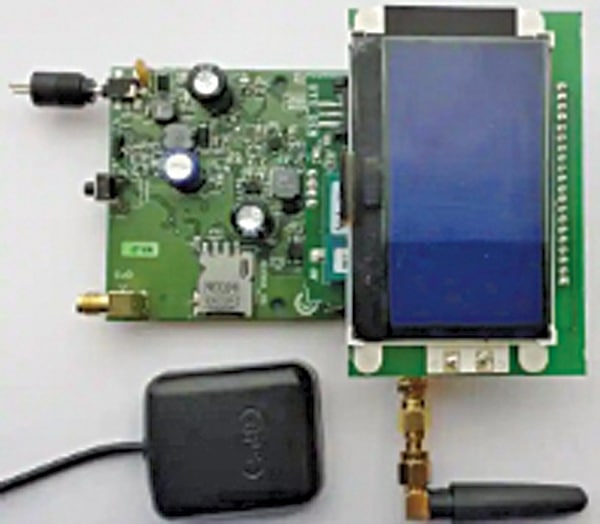 |
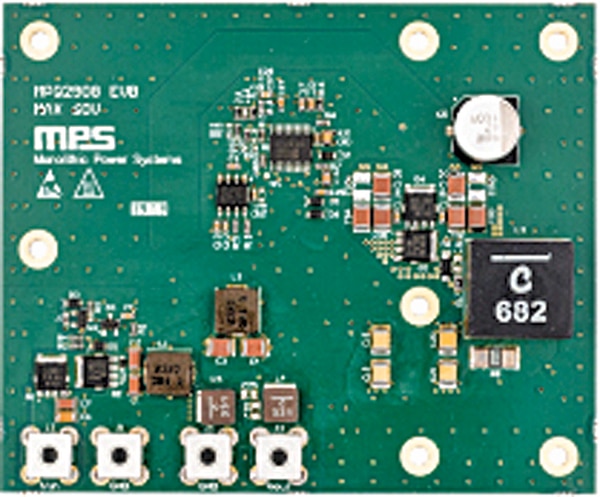 |
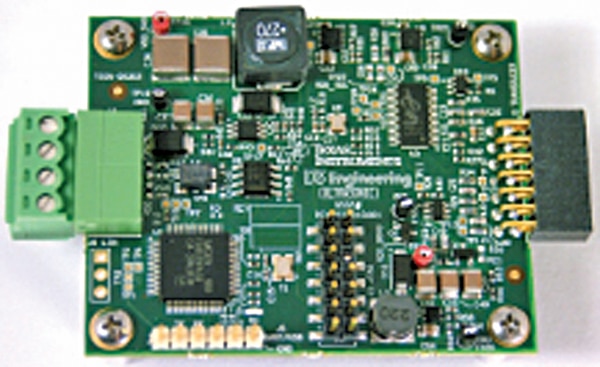 |
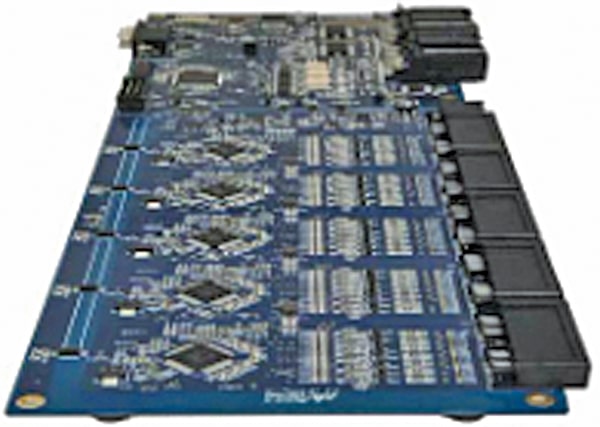 |
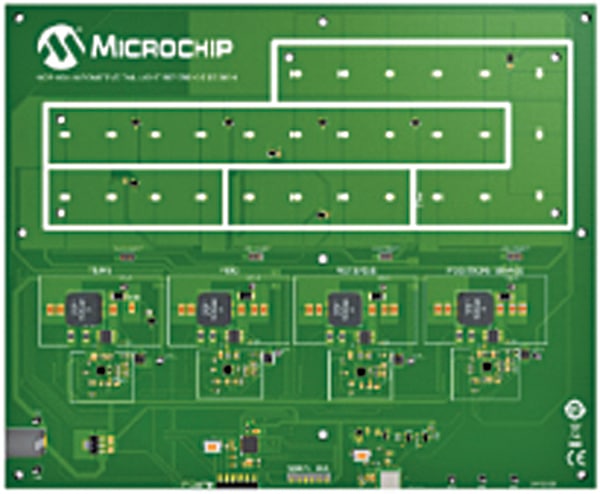 |
| Key Attraction | This reference design is for a smart vehicle tracking system based on GPS/GSM/GPRS. The reference design can predict accidents and car burglaries and share multiple data—such as location, speed, time, etc—over GPRS to the web server application. | This reference design is a high-voltage, synchronous, step-down controller that directly steps down voltages from up to 60V. The reference design can take an input from 4V to 60V and provide a constant output of 12V. It has a programmable soft start and multiple other safety features. | This reference design for an automotive ultrasonic fluid level monitor employs a non-intrusive technique to accurately measure the liquid even in harsh/enclosed environments. The refence design is a cost-effective solution with an external temperature sensor to mitigate error in measurement. | This reference design for a battery management system is suitable for high-voltage automotive batteries. It offers high accuracy and long-term drift (LTD), which can extend driving range and battery life performance. | This is reference design for an automotive LED tail light driver that can be controlled either directly in standalone mode or from a phone, tablet, or other mobile devices by using an Android application. |
| Highlights | The STEVAL-IEG001V2 from STMicroelectronics is a smart vehicle tracking system reference design. The reference design allows developers to easily create a GPS/GSM/GPRS based vehicle tracking system by providing a complete hardware and software solution with a clear and easy-to-use interface. It is powered by the STM32F401RE microcontroller, a powerful 32-bit Arm Cortex-M4 microcontroller. The reference design also includes a GSM/GPRS modem and GPS receiver, as well as a range of other interfaces and peripherals for connectivity and positioning. This unit features a 3-axis accelerometer and yaw/pitch/roll gyroscope L3GD20, which enables it to sense car lift using the MEMS. It can also predict vehicle theft by analysing the MEMS data. It can store the vehicle’s status and location parameters in the microSD card and share the information to the admin by text message, thereby implementing black box functionality. The system consists of a vehicle unit (installed inside the vehicle) and remote web server application where the vehicle status and movement data can be viewed in an intuitive way on the map. | The MPQ2908 from Monolithic Power is a 48V to 12V buck converter capable of delivering 15A current and complying with CISPR-25 Class 5 EMC standards. The automotive buck converter has an efficiency of up to 95%. It employs a dual n-channel MOSFET driver. The reference design is AEC-Q100 qualified and has a wide 4V to 60V operating input range. It offers a programmable frequency range of 100kHz to 1000kHz, which can be programmed by an external resistor or synchronised to an external clock for noise-sensitive applications. The DC/DC converter has a programmable soft start and offers safety features, including output over-voltage protection (OVP), over-current protection (OCP), external input over-voltage protection (OVP), and external reverse-polarity protection (RPP). The SMPS also has a power good (PG) output voltage monitor and selectable cycle-by-cycle current limit that can improve the reliability of the connected devices. | TIDA-00322 is a reference design for an automotive ultrasonic fluid level/quality measurement. It can run on a wide range of voltages of 4.5V to 40V and offers reverse battery protection. It provides a user-friendly interface and can be easily configured and calibrated to suit the specific needs of the application. It features a high voltage circuit to drive the transducer with 30V to penetrate deeper tanks, making it suitable for larger vehicle tanks and containers. This reference design utilises ultrasonic sensors to measure the level and quality of fluids in automotive systems, such as engine oil, transmission oil, and coolant. TIDA-00322 also features an external resistance temperature detector (RTD) to monitor temperature changes that affect the medium’s speed of sound, therefore negating any measurement error due change in temperature. The reference design is based on the Texas Instruments’ TMS470R1B1M microcontroller and ultrasonic transducers. The design can be used to detect and measure low fluid levels, detect air bubbles in the fluid, and measure the fluid quality by measuring the fluid dielectric constant. | The BMS reference design from Renesas is an automotive-grade multi-cell Li-ion battery management system. It can support up to 70 series-connected Li-ion cells, which makes it suitable for high voltage (HV) battery packs used in EVs. The reference design employs a ASIL D rated RH850 microcontroller that communicates with the ISL78714 multi-cell Li-ion battery manager devices to monitor cell voltage, pack temperature and current, record significant fault detection, and control cell balance. This BMS reference design can be daisy-chained to connect multiple modules to support bigger batteries. It contains daisy chain hardware to provide robust, isolated communication between batteries. In a typical configuration, a Master ISL78714 communicates to a host microcontroller through an SPI port and up to 29 additional ISL78714 devices connected together by a robust, proprietary, two-wire daisy chain. This communication system is highly flexible and can be implemented with capacitor isolation, transformer isolation, or a combination of both. The reference design offers intelligent power device (IPD) for external load control and is suitable for use in harsh automotive conditions. | Microchip’s MCP1633 is a standalone LED driver controller for automotive tail-light with Bluetooth connectivity. The reference design is a DC/DC converter that provides a compact and efficient solution for taillight applications in vehicles. The design features a low quiescent current and high efficiency. It offers adjustable output voltage to show different conditions, such as braking, reversing, and turning. The automotive LED taillight driver can be controlled either directly in standalone mode or from a phone, tablet, or other mobile devices by using an Android application. The reference design can take input voltage from 8V to 16V with a surge voltage of up to 42V. MCP1633 features a Microchip’s MCP1633 high-speed pulse-width modulator (PWM), which is used to control the switching. To speed up the design, a factory-programmed source code is provided by the company but additional functionality can be added by modifying the source code. The reference design offers multiple protection features, including configurable undervoltage lock-out circuit software, overvoltage protection, etc. |
| Application | This reference design can be used for a wide range of vehicle tracking and fleet management applications. Moreover, it can predict crash and theft using the MEMS sensor. |
This reference design is suitable for use in automotive power systems and industrial systems. | This reference design can be used in a wide range of automotive applications, such as to monitor oil/coolant level, quality and any trapped bubble in the fluid. | This BMS reference design is suitable for use in hybrid electric vehicles (HEV), electric vehicles (EV), electric motorcycle battery packs, energy storage battery packs, etc. |
The LED driver controller for automotive tail-light is suitable for use in almost all types of vehicles. |
| OEM Brand | STMicroelectronics | Monolithic Power Systems | Texas Instruments | Renesas | Microchip |
| URL | Link | Link | Link | Link | Link |
The author, Sharad Bhowmick, works as a Technology Journalist at EFY. He is passionate about power electronics and energy storage technologies. He wants to help achieve the goal of a carbon neutral world





